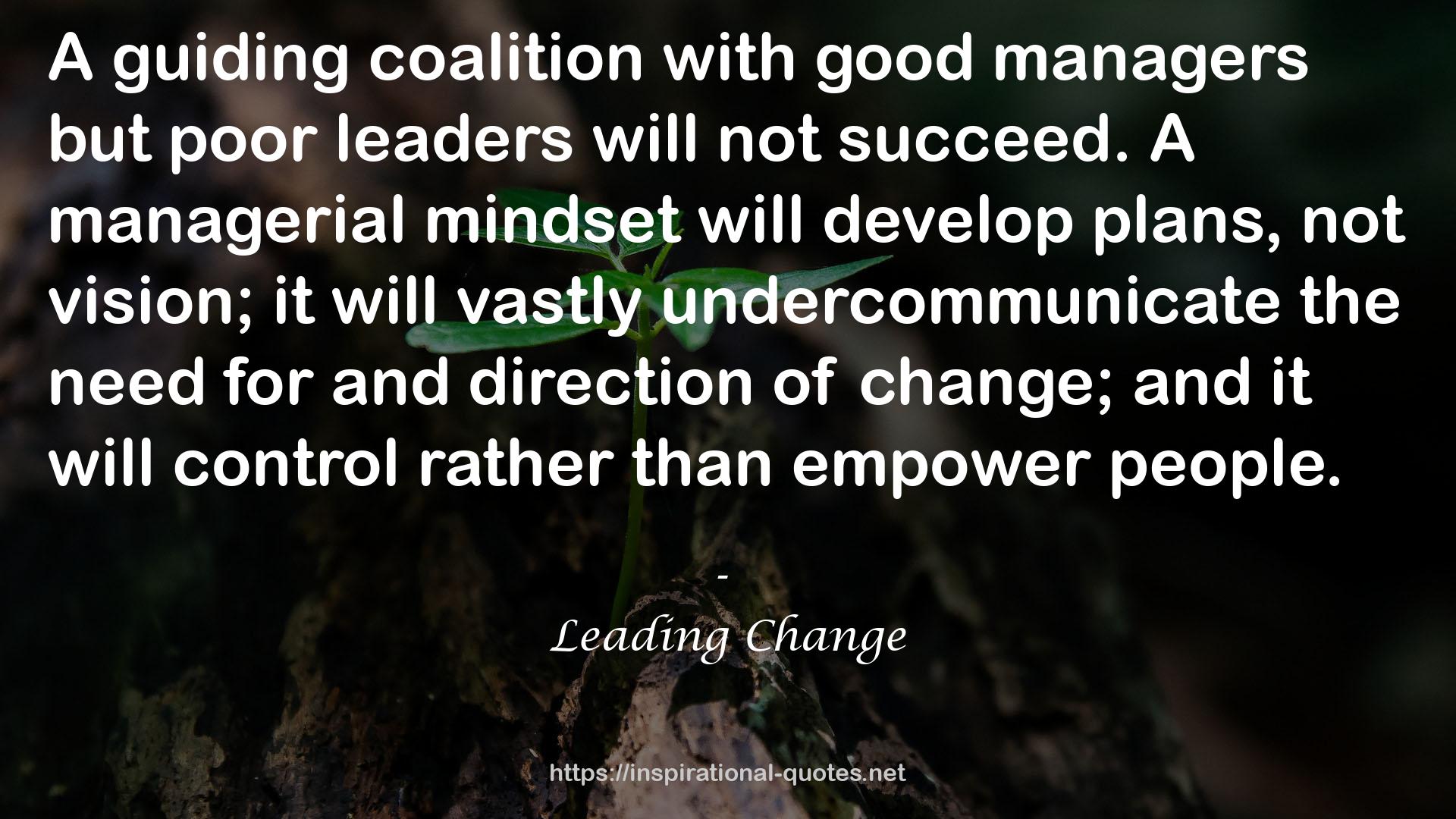Leading Change QUOTES
SOME WORKS
- Palma de Mallorca Mystique
- Wu: The Chinese Empress Who Schemed, Seduced and Murdered Her Way to Become a Living God
- Anime: A History
- A Brief History of Japan: Samurai, Shogun and Zen: The Extraordinary Story of the Land of the Rising Sun
- Two Steps Forward (Titus Ray Thriller #6)
- Three Steps Away (Titus Ray Thriller #7)
- Four Months in Cuba (Titus Ray Thriller #4)
- Ben in Love (Ben Mitchell/Titus Ray Thrillers #1)
- The Burning Air
- He Said/She Said

